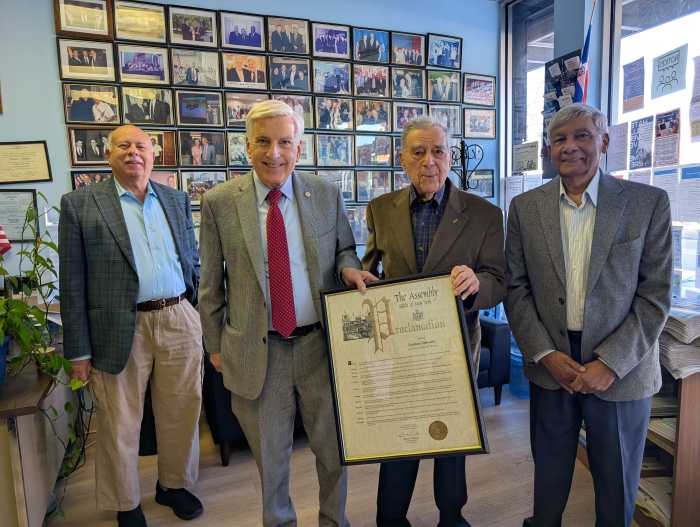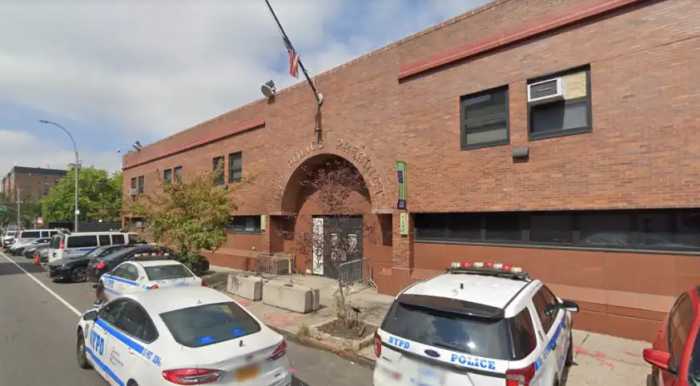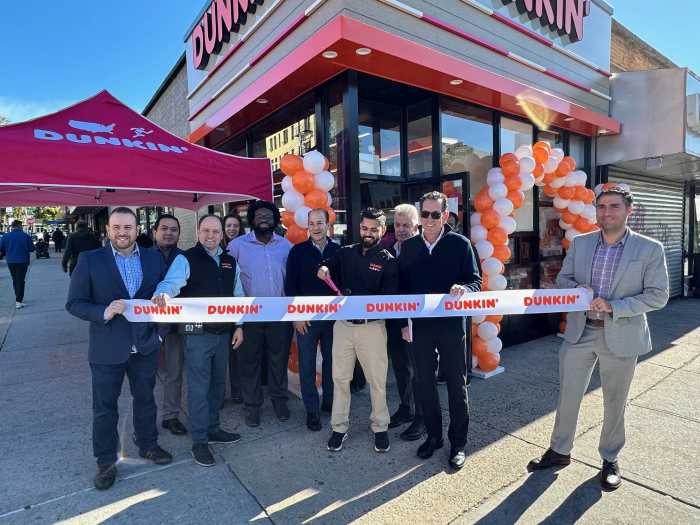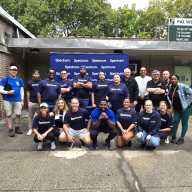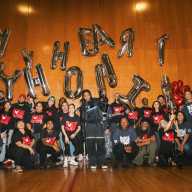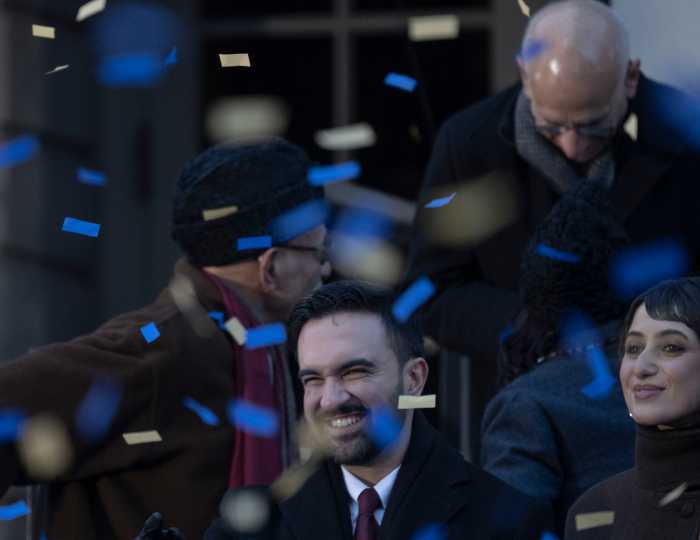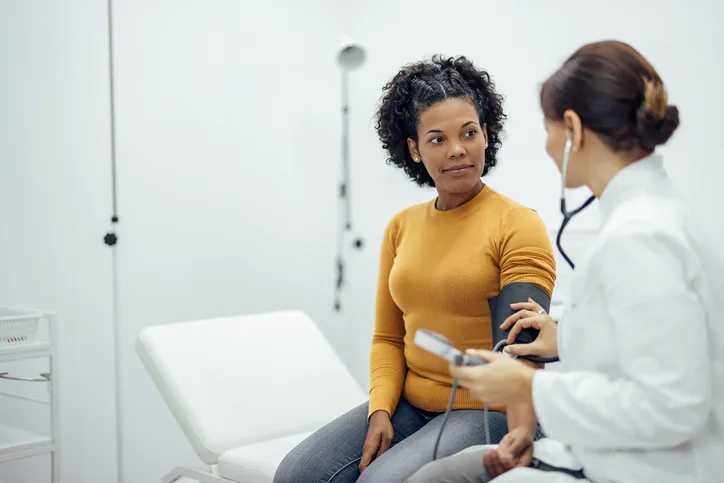BY ANGELA MATUA
A Briarwood teacher is about to get a closer look at the final frontier.
Melissa Aguirre of J.H.S. 217 will take flight as part of a NASA program committed to exposing educators to the scientific research process.
The Stratospheric Observatory for Infrared Astronomy (SOFIA) Airborne Astronomy Ambassadors program started as a pilot program in 2011 and flies a group of 28 educators on two 10-hour overnight sessions to observe space through the largest airborne telescope.
Aguirre, a Queens native, was chosen for the highly selective program after a rigorous application process, which included a proposal to describe how she would use her experience to educate students in her home district.
Though Aguirre’s background is in history and English as a second language, the program accepts educators from all backgrounds. Aguirre co-founded a charter school in Washington, D.C., called the Latin American Youth Center Career Academy, which prepares returning students ages 16 to 24 to have careers as medical assistants and IT technicians.
“I was working at a school that has a STEM focus,” Aguirre said. “I really believe that all of us needed to show that interest and that was the primary reason I applied. How do I get young folks interested in these fields, especially women of color … who were the majority of the students I was working with, how do I get them involved in the field when we as educators aren’t involved as well?”
SOFIA’s Airborne Astronomy Ambassadors program was conceived after published research proved that educators who participate in these programs stay in the teaching profession and inspire students to engage with the sciences, according to Director of Education and Public Outreach Dana Backman.
“We’re operating based on published research that educators who get this kind of experience, exposure to science as it’s really done, they’re motivated to stay in the teaching profession because overturn of the teaching profession is a huge problem, especially in the sciences,” Backman said.
Educators selected for the program, which have included museum dossiers and planetarium directors, also have to take a four-month astronomy course from Montana State University before stepping into the plane.
“This course is very challenging but it’s compelling me to think about how I teach,” Aguirre said. “I’m having some of the similar struggles that many of my students have…but then I need to rethink how am I breaking this down for my students and is this working for me now that I am a student as well.”
SOFIA, a Boeing 747SP aircraft, is equipped with a 100-inch, 17-ton telescope and other instruments that allow scientists to gain a deeper understanding of a number of topics including the formation of stars and planets, the Milky Way, planetary science and more.
While on the plane, educators interact with astronomers, airplane technicians, software engineers, bookkeepers and other staff. Backman said this process allows educators to communicate to students that a Ph.D. in astronomy is not necessary to work in and engage with the sciences.
Aguirre is excited to show her students what she has learned through the program and will work with them to discover what they want to learn.
“There will be opportunities to infuse the curriculum with these resources and also develop after-school opportunities for students who are interested in them,” Aguirre said. She also hopes to inspire “students, especially girls who may not see these careers as possibilities, to see that they are possibilities.”
RECOMMENDED STORIES


